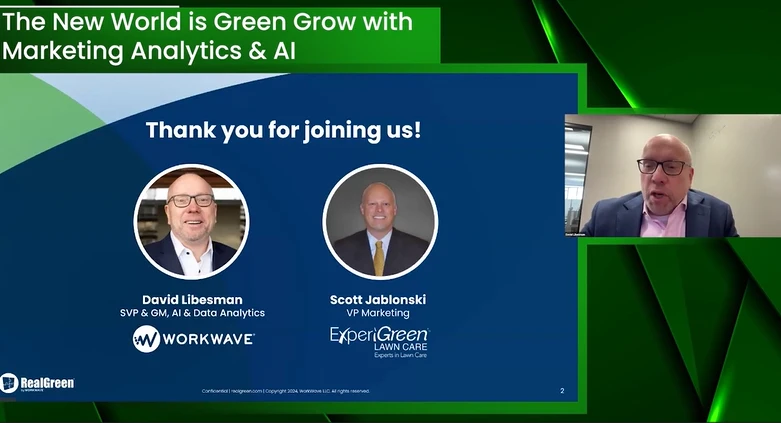Jack Welch, the former chairman and CEO of General Electric, was one of my customers when I owned my landscaping business. I got to know him from my dealings maintaining his home and the corporate headquarters in Fairfield, Conn., along with reading his many books.
One of the things I learned from him and his writings was that business people must face reality. He felt that not facing the reality of a situation was a serious weakness.
Today, the reality is the economy. The pressure is on with increased competition, price reductions and almost non-existent customer loyalty. So if you want to protect your customers you better get close to them. We know what we want our reality to become: customer loyalty with high retention rates and 80 percent of new business coming from referrals.
But how do we achieve it?
Although there is tremendous pressure to lower prices, and we can’t ignore this reality (we need to be competitive), landscaping is still a service business, and a relationship business. But the reality I see is that landscapers don’t understand their customers.
Look at your client list. Your relationship with every person and company on that list can be divided into one of three groups – vendor, trusted adviser and partner.
If you’re just a vendor to your customers, you have no relationship. It’s all price or it’s a brand new account.
If you’re a trusted adviser to them, you’ve probably developed a relationship where they feel comfortable in asking your opinion regarding their landscaping and budget. Usually they won’t leave unless there is a compelling reason.
The ultimate position is partner. They have real confidence in you. More than a trusted adviser, you’re viewed as an integral part of their business; they trust you. You are really going to have to mess up to lose this account.
Make another list
Once you know where you stand with all your customers, figure out what you did to get the clients into the partner and trusted adviser groups.
Then create two simple plans – one to keep the partners as partners, and one to identify who in the other two groups could be moved up to partner status. Then get working to move them up.
Remember though, there will always be three groups. So, don’t get frustrated if you can’t move them all up. This work will take time, planning and a lot of communicating, but it will be worth it.
The author is a consultant with The Harvest Group.

Explore the October 2010 Issue
Check out more from this issue and find your next story to read.
Latest from Lawn & Landscape
- Ever-changing landscape of SEO
- Fleetio acquires Auto Integrate, raises $450M in Series D funding
- Davey Tree expands in St. Paul, promotes Ostlie to district manager
- Schill Grounds Management taps 3 for senior leadership roles
- HD Hyundai Construction Equipment North America adds to wheeled excavator lineup
- High maintenance
- From Design to Proposal: Estimating and Rendering Support Services
- PERC adds Joel Stutheit as senior manager of business development







